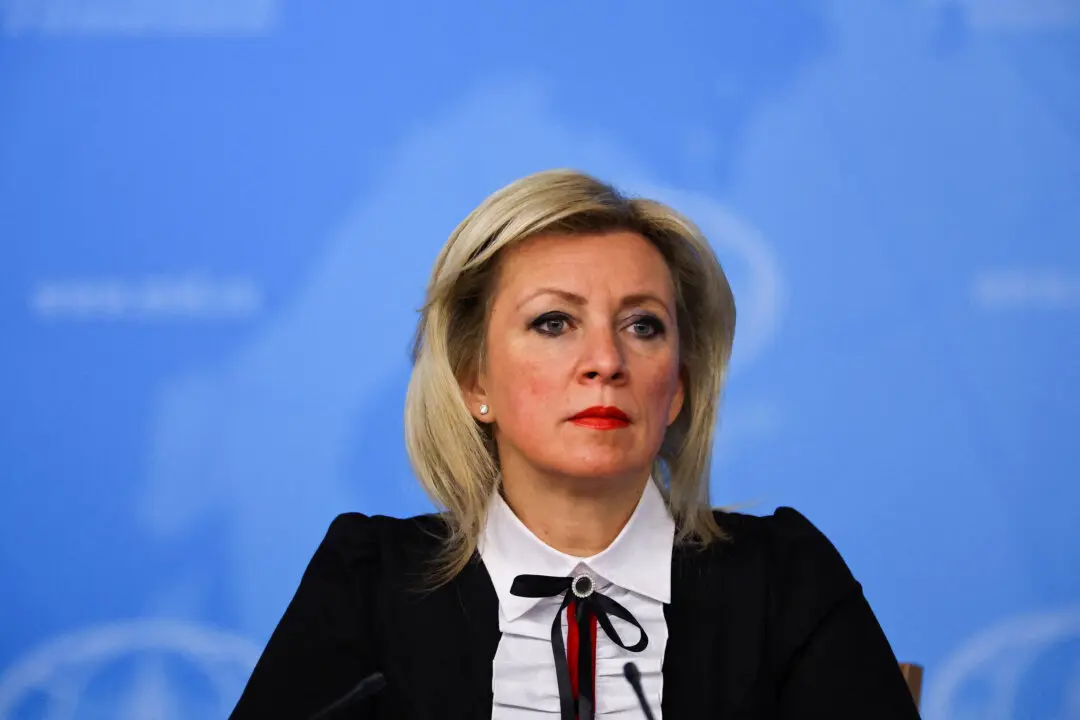Oil prices could top $100 per barrel in the event of a significantly colder-than-usual winter, Bank of America analysts said in a note cited by Reuters.
Global crude oil demand could surge by up to 2 million barrels per day (bpd) in the event of a major winter cold snap, which could send oil prices past the $100 per barrel mark, Bank of America analysts wrote in the Sept. 10 note, according to Reuters.





